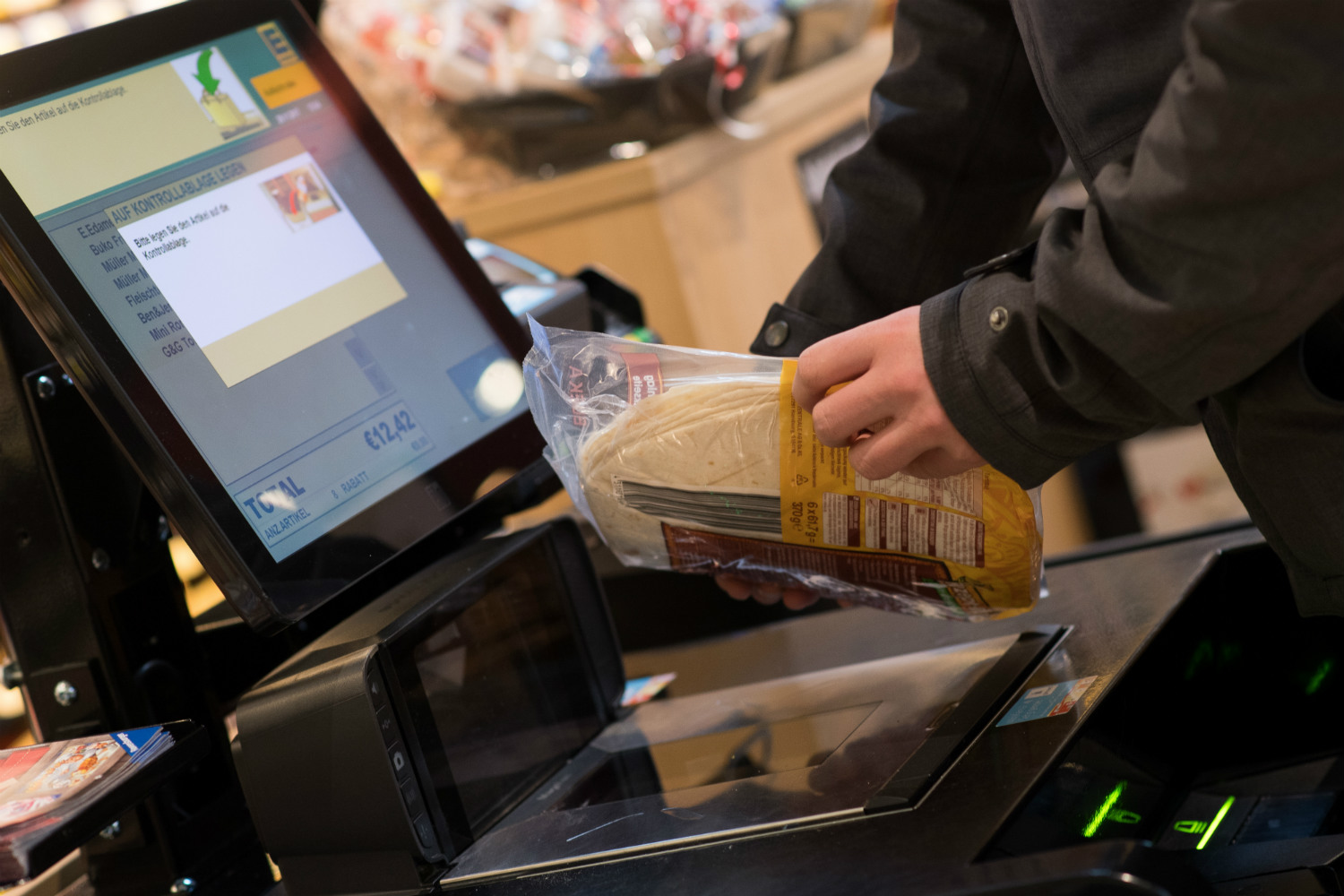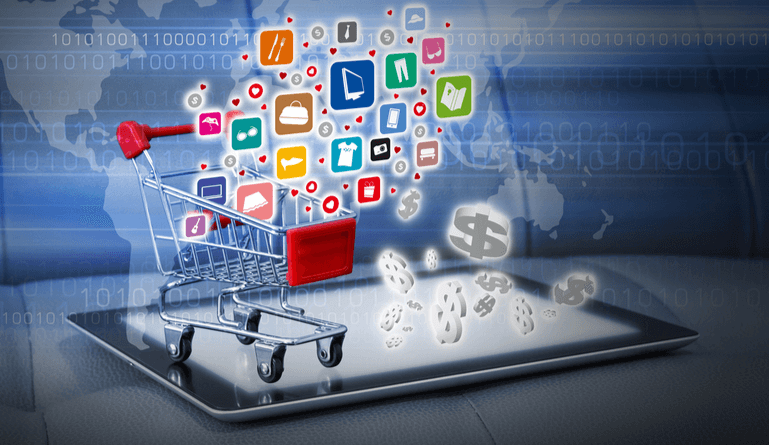Global Retail Self-Checkout Terminals Markets is expected to grow at a significant CAGR of 18.63% in the upcoming period as the scope and its applications are rising enormously across the globe. Retail Self-Checkout Terminals allow the customer to process their own purchases from a retailer by scanning and applying payment for the items without staff assistance. The fixing of multiple self-checkout terminals can progress service and reduce crowding to confirm a happy shopping atmosphere.
The factors that are playing a major role in the growth of market are rising preference for self-checkout terminals across the globe, reduction in manual labor cost, and rising demand from the populace, as they do not prefer waiting in long queues. However, technological problems and design flaws may restrain overall market growth in the years to come.
In the upcoming period, the new trend will come into being; which would include development of NFC technology. Communication technology allows consumers to exchange data between two devices. In addition, an innovative system like scan-and-go pay will come into the existence. Retail self-checkout terminals market is segmented based on product type, end-user, and region.

Get Sample Copy of this Report @
Cash and cashless, hybrid, and other product types could be explored in Retail Self-Checkout Terminals in the forecast period. Hybrid self-checkout terminals sector accounted for the substantial market share of Retail Self-Checkout Terminals and is estimated to lead the overall market in the years to come. The reason behind the overall market growth could be expedited dual mode system in one unit, availability of labors at low cost, and allow multiple operations in a single unit.
The market may be categorized based on end-users like specialty stores, convenience stores, hypermarkets & supermarkets, and others. Hypermarket, supermarket, and convenience stores accounted for the majority market share of retail self-checkout terminals and are estimated to continue with its dominance in the years to come.
Globally, North America accounted for the significant market share of Retail self-checkout terminals and is estimated to lead the overall market in the years to come. The reason behind the overall market growth could be developing modern grocery retail stores, rising financial, hospitality, and retail stores, and growing investment by large retailers to advance customer satisfaction. The United States and Canada are the major consumers of Retail Self-Checkout Terminals in this region.
Europe and the Asia Pacific are also estimated to have a positive influence on the future growth. Europe is the second largest region with significant market share. However, Asia Pacific is estimated to grow at the highest CAGR in the forecast period. The key players in the retail self-checkout terminals market are TOSHIBA TEC, Diebold Nixdorf, Pan-Oston, FUJITSU, NCR, ITAB Shop Concept, Slabb, ECR Software, PCMS Group, and IER. These players are concentrating on inorganic growth to sustain themselves amidst fierce competition.
Browse Related Category Market Reports @
https://www.millioninsights.com/industry/computing-and-technology

 Log in with Facebook
Log in with Facebook 







